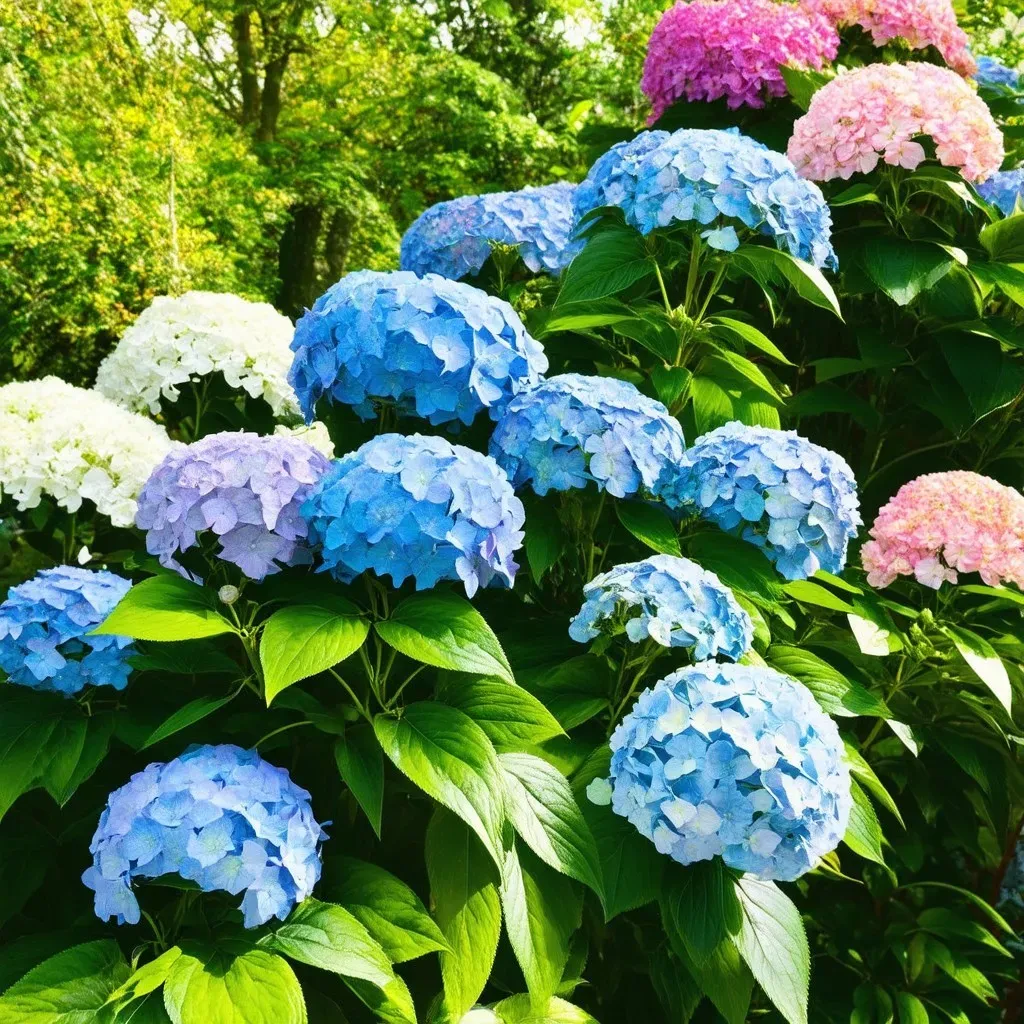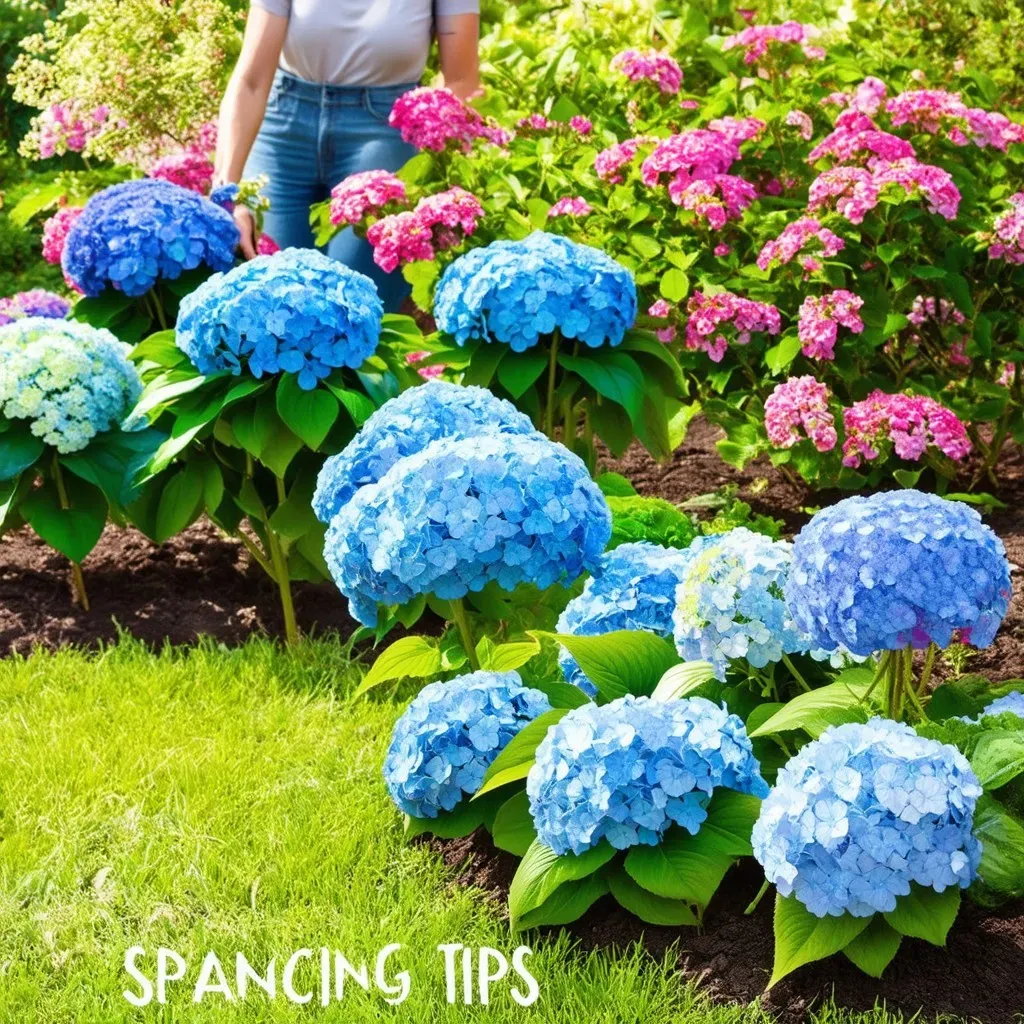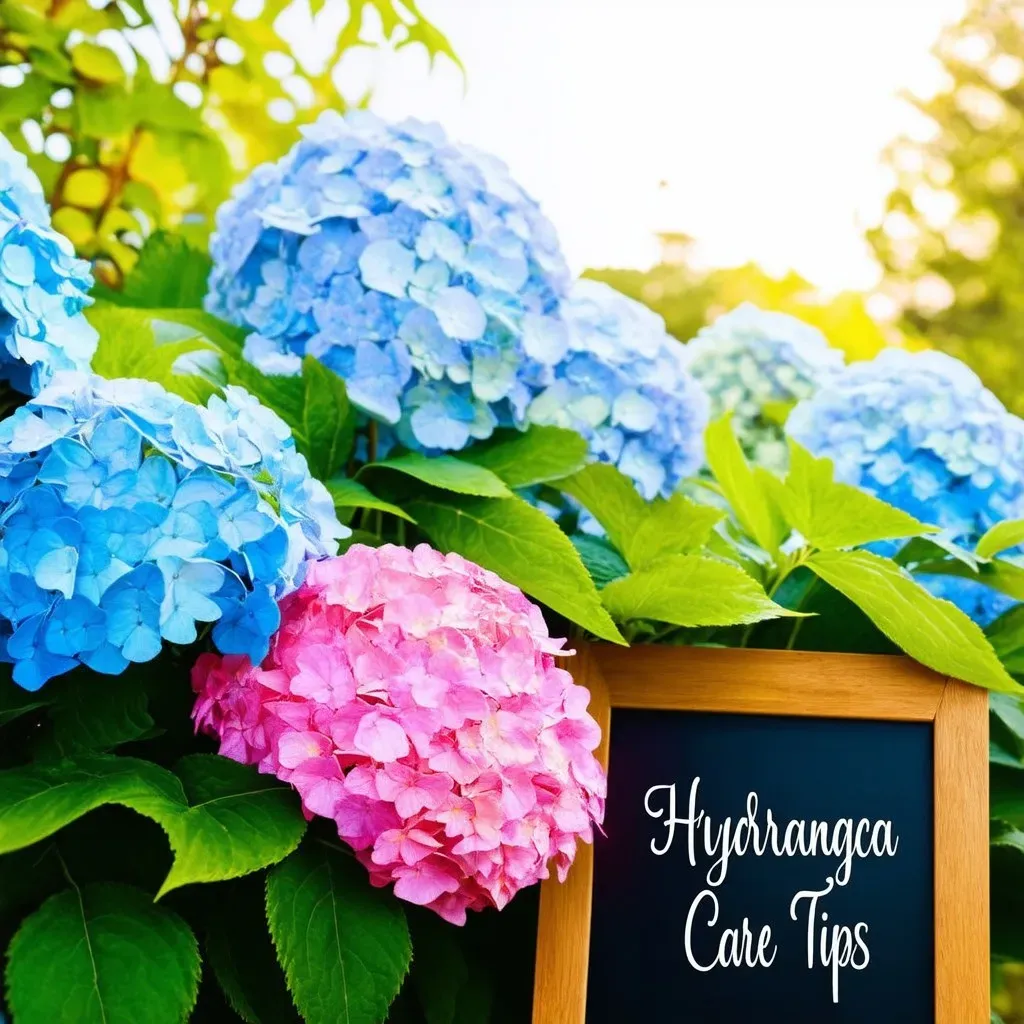When it comes to planting hydrangeas, one of the most frequently asked questions is, "how far apart to plant hydrangeas?" Proper spacing is vital for the health and beauty of these magnificent bushes. For optimal growth, hydrangeas should be planted anywhere from 2 feet to 10 feet apart, depending on the variety and size at maturity. Smaller varieties can suffice with less space, while larger types require more room to flourish.
Understanding hydrangea Varieties
There are several different types of hydrangeas, each with its own growth habits and space requirements. Below is a breakdown of popular hydrangea varieties and their recommended spacing:
| Hydrangea Variety | Mature Size | Spacing Requirement |
|---|---|---|
| Hydrangea paniculata (Panicle) | 6-10 feet wide | 3-6 feet apart |
| hydrangea macrophylla (Mophead) | 6-8 feet wide | 3-5 feet apart |
| Hydrangea quercifolia (Oakleaf) | 4-6 feet wide | 3-5 feet apart |
| Hydrangea arborescens (Smooth) | 3-5 feet wide | 2-4 feet apart |
| Hydrangea serrata (Mountain) | 3-4 feet wide | 2-3 feet apart |
Why Spacing Matters
Spacing is not merely a matter of aesthetics; it has profound implications for the plant’s health. Here’s why proper spacing is critical:
- Air Circulation: Adequate space between hydrangeas allows air to circulate effectively, reducing the likelihood of fungal infections.
- Sunlight: Plants require sunlight for photosynthesis. Proper spacing ensures that each hydrangea receives sufficient light without being overshadowed by its neighbors.
- Growth Space: Each variety has its specific growth habit. Providing enough room allows for proper root development and expansion.

Soil Requirements for Healthy Hydrangeas
Understanding the soil needs of hydrangeas is almost as crucial as spacing. Hydrangeas thrive in well-draining, nutrient-rich soil. Here’s what you need to know about hydrangea soil:
| Soil Component | Importance | Recommended Amount |
|---|---|---|
| Organic Matter | Improves nutrient content and moisture retention | 20-30% |
| Peat Moss | Enhances water retention and acidity | 10-15% |
| Perlite or Vermiculite | Enhances drainage | 15-20% |
| Topsoil | Forms the bulk of the soil | 50-60% |
Hydrangeas prefer slightly acidic to neutral soil (pH 5.5 to 7.0). For the best results, regularly test your soil pH and amend it as necessary.
Best Practices for Planting Hydrangeas
- Preparation: Before planting, remove any weeds or grass from the area to prevent competition for nutrients.
- Digging Holes: Ensure that the planting holes are twice the width of the root ball but about the same depth. This allows roots to spread out easily.
- Soil Mix: Create a rich planting mixture using organic compost, peat moss, and perlite or vermiculite to promote drainage.
Frequently Asked Questions (FAQs)
1. What happens if hydrangeas are planted too close together?
Planting hydrangeas too close together can lead to overcrowding, which inhibits growth, limits air circulation, and increases the risk of disease.
2. Can hydrangeas be planted in pots?
Yes, hydrangeas can be successfully grown in pots. Be sure to choose a large pot (at least 18 inches in diameter) to allow ample root space. For potted hydrangeas, plant them 1-2 feet apart depending on the variety.
3. How deep should I plant hydrangeas?
The hole should be deep enough for the root ball to sit level with the surrounding soil, typically about 1–3 inches deep.
4. Can different varieties of hydrangeas be planted together?
Yes, but ensure they have similar requirements in terms of sunlight, soil, and water needs to maintain a cohesive garden.
5. When is the best time to plant hydrangeas?
Spring or fall are the best times to plant hydrangeas, allowing them to establish roots before the extreme temperatures of summer or winter.

Watering and Fertilizing Guidelines
After planting, it’s crucial to establish a routine watering and fertilizing schedule:
-
Watering: Hydrangeas require consistent moisture, especially during their first summer. Water deeply once a week unless there is sufficient rain.
-
Fertilizing: Apply a balanced fertilizer in spring as new growth begins and again in mid-summer. Follow the package instructions for application rates.
Conclusion
In conclusion, the spacing of hydrangeas can dramatically impact their health and aesthetics. By considering the type of hydrangea you want to plant and its soil requirements, you will set the stage for a flourishing garden that bursts with color and life. For more detailed information on hydrangeas, you may refer to Epic Gardening.
Additional Resources
- How to Plant Hydrangeas – WikiHow
- Hydrangeas: Planting, Growing, and Pruning – The Old Farmer’s Almanac
- Homes & Gardens – How to Grow Hydrangeas



